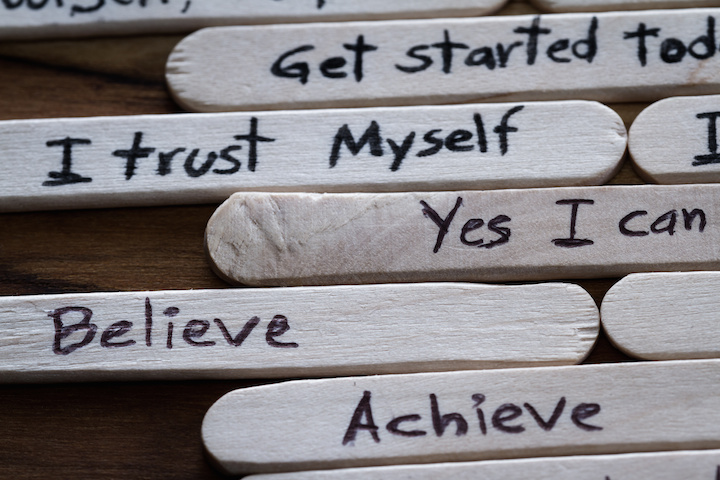
Being assertive is acting with confidence, thinking for yourself, and expecting respect. Assertiveness and confidence are two character traits I am commonly asked about by readers.
Why is this? The first reason I can think of might be that in today’s society we are becoming more aware of the detrimental affects of bullying – so perhaps parents are worried that their children know how to stand up to a bully. They also want their children to be able to make friends. Let us not confuse confidence with a desire for our children to completely overcome shyness, however.
There is a difference between a child with an outgoing personality and one who knows how to be assertive – though it can be hard to see at first. Sometimes a child’s personality is such that they take a while to warm up to new people, and that is totally fine, as long as he or she feels confident on the inside. We do not need to pressure our children to talk to every single person they see. After all, sometimes even the most extroverted people have a hard time expressing their true feelings or addressing conflict. Confidence does not always show immediately, and it is the deeper confidence one has in their own self as a person (versus superficial behaviors) that is most important.
Personally I am mostly concerned that my child feels able to stand up for his rights and to speak to others when he wants to – not that he the most outgoing child in the playground. I want to be sure I respect his nature and encourage him to maintain his personal boundaries for interacting with others in a way that makes him feel comfortable.
Of course sometimes in life we are required to meet a lot of new people (even if we do not necessarily feel like it), and I definitely want my son to be able to assert his position if something happens that he feels uncomfortable about… even if it feels scary. These are the main reasons I feel assertiveness and confidence are an important traits to foster.
By developing respect for yourself, you begin to have a deeper appreciation for others, as well.
How can you explain these concepts to young children? As usual, I believe hands-on activities that engage their minds is better than just *telling* them. So here are four playful ways to help children develop assertiveness and confidence:
Play “Mystery Bag.”
Find five small objects to put in a bag (draw string bags work well since you can make the opening fit just over your child’s arm so they cannot see inside). Have your child choose one object, feel it in their hand without taking it out of the bag, and have a guess at what it is. Then take it out to see what it is. Encourage them for guessing! Let your child find objects and have you guess. Discuss how it takes courage to try something new and have a go at something. It’s great if you can focus on having fun, and not let your nerves about the situation prevent you from enjoying yourself.
Practice showing courage by standing up for yourself.
Use two dolls to role play when someone comes to take something out of your hand forcibly (like a toy or drawing utensil). Practicing saying gracefully, “I am using this right now but when I’m done I will give it to you.” Talk about how sharing doesn’t mean you have to give everything away but that you can work with others to find a solution if you both want to use something. Take turns being the “taker,” and think about different ways you can stand up for yourself if you are faced with someone like this. Write the phrases down and/or draw pictures if this would help your child.
Role play being friendly by meeting a new person.
Role play meeting a new friend by introducing your child to a puppet (hand puppets, stick puppets, or craft dolls would work great). Let your child practice introducing his or herself and ask the puppet if they would like to play. You may like to visit a playground after this activity, with each person’s goal being to meet someone new.
Practice sharing about yourself.
Being assertive is also being confident about our own thoughts and feelings. Draw a self portrait with your name, age, favorite foods, and what you like to do (everyone in the family can participate!). We do not need to be shy about sharing things we like, and we should feel good about who we are and what we think. As you share your pictures with each other, notice the differences. Talk about how we all like different things, and that is okay. These differences make everyone unique… and this way each person has their own special talents that can contribute to a better world.
How have you helped your child develop confidence and/or assertiveness?
If you liked these activities, you may like to check out my ebook Playing with Purpose: Character Building Made Fun with over 100 activities to teach children about positive character traits.
Click here to browse all the character building activities I have posted about on the blog. I also invite you to join me on Facebook and Pinterest where I share more ideas for families to build character.



Thank you SO much for including a link to my craft stick dolls in your article. Nice One :))
Taking time to process all of the social situations that my children freeze in, is a perfect subject to explore this summer! Thank you for your insight.